When your best buddy steps out the door, some pups don’t just sit quietly—they erupt into a chorus of shouts, howls, and even melodramatic pacing. While it’s natural for dogs to get upset when separated from loved ones, certain breeds are especially vocal when their favorite person leaves.
In fact, studies estimate that between 20% and 40% of pet dogs in the U.S. struggle with separation anxiety, often manifesting as persistent barking or howling shortly after their caregiver departs.
In this article, we’ll take a look at the seven breeds that frequently voice their distress when “their person” moves out of sight.
Dog Breeds That Bark When Favorite Person Leaves
1. Border Collie

Border Collies are one of the smartest dogs out there. Bred to herd sheep, they’re used to working side by side with humans all day.
When they’re left alone, their busy minds don’t just shut off—they look for something to do. And that “something” might mean rearranging your house, chewing through a crate, or figuring out how to escape the yard.
Why They Bark When You Leave
Border Collies bond deeply with their family and need a sense of purpose. When their favorite person walks out the door, their natural alert instincts kick in.
Add in their endless energy and anxiety, and you’ll likely hear barking that doesn’t stop until you’re back. They’re vocal because they’re stressed, bored, and missing their “job”—being with you.
How to Help Them Stay Calm
Give them daily walks and lots of regular exercise to burn off energy
Keep their brain busy with puzzle toys and new training challenges
Start with short departures and gradually increase the time they’re left alone
Use gentle counter conditioning so they associate your leaving with positive things like treats
2. Labrador Retriever

Labrador Retrievers are the ultimate social butterflies. Friendly, loving, and eager to please, they thrive on company and hate feeling lonely. These dogs were bred to work closely with humans, retrieving game and assisting hunters.
That deep bond still runs strong today—Labs want to be wherever their family is. It’s no wonder they are one of the most popular dog breeds.
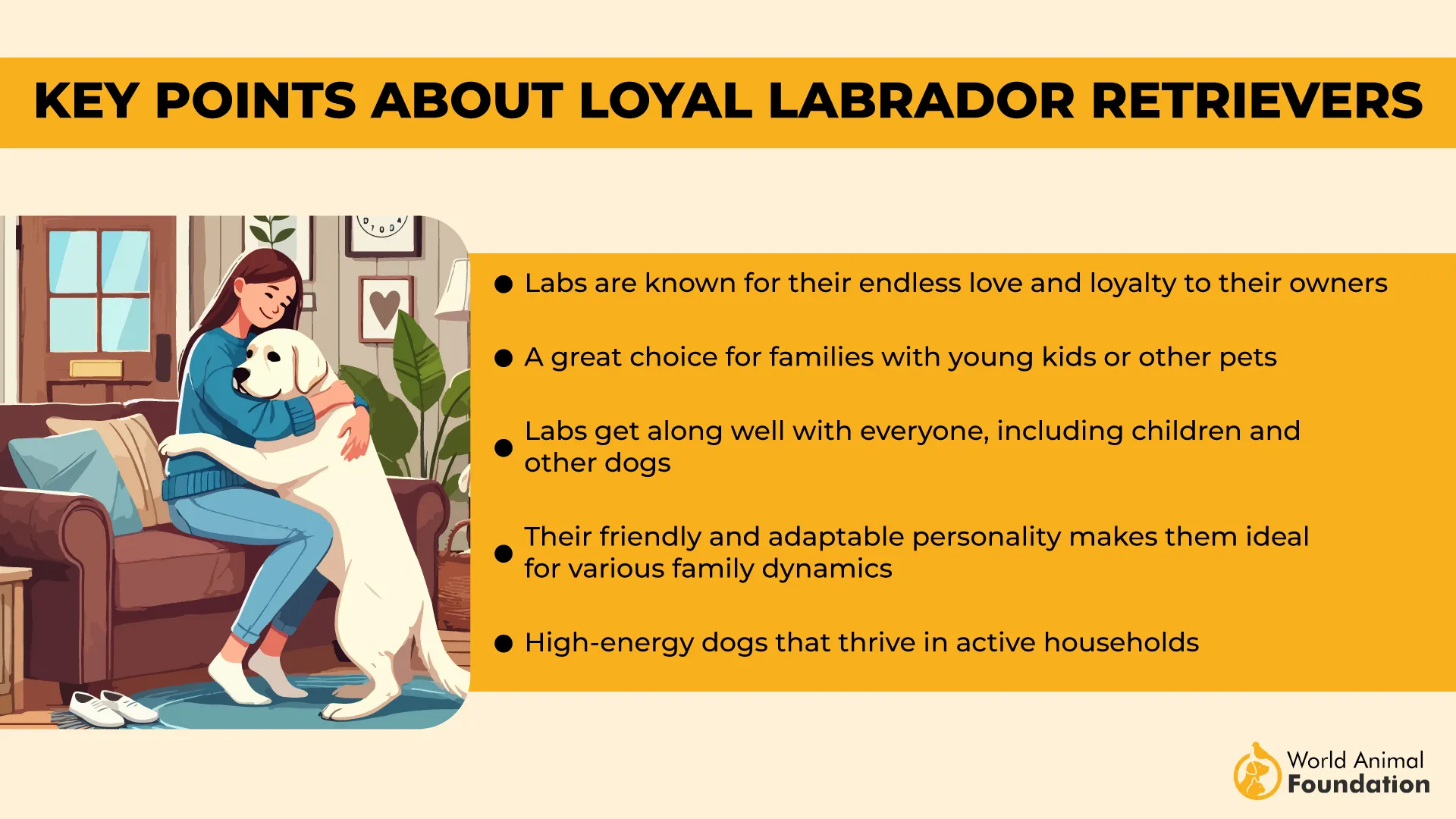
When they’re left alone, things can change fast. A normally calm and happy Lab may turn bored, anxious, and restless. Some will bark nonstop, while others express their anxiety by chewing shoes, pillows, or anything that smells like their owners. They’re not being “naughty”—it’s just their way of coping with missing you.
Why They Bark When You Leave
Labs see being apart from their favorite person as punishment. Their friendly nature makes them crave constant attention, and long stretches of alone time trigger stress. A Lab with pent-up energy and no walk or playtime is much more likely to bark, whine, or destroy the house out of frustration.
How to Help Them Stay Calm
Make sure they get plenty of regular exercise, like fetch or swimming, before you go
Leave safe chew toys and treat puzzles to keep their behavior positive
Use counter conditioning by pairing your departure with special treats
Gradually increase the time they’re left alone so they adjust without fear
3. French Bulldog
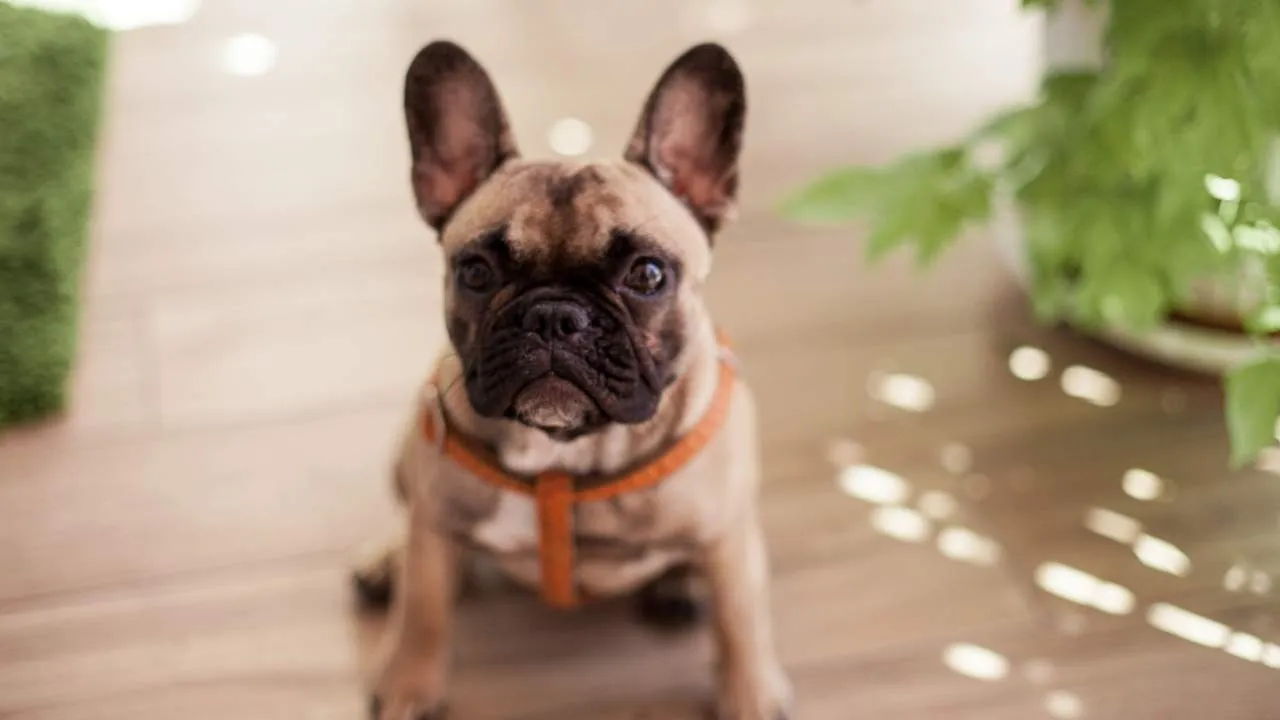
French Bulldogs, or “Frenchies,” are small, lovable dogs known for their bat-like ears and sweet expressions. Bred purely as companion pets, they crave constant attention and love, staying close to their family. These affectionate little pups are happiest lounging on your lap or following you from room to room.
Britannica mentions that because they’re brachycephalic (short-nosed), Frenchies can have trouble breathing, which makes regular exercise tricky and can even make stress worse. When they’re left alone, their breathing may become heavier, their anxiety rises, and they quickly become restless.
Why They Bark When You Leave
French Bulldogs are deeply attached to their owners, and being away from their favorite person feels unnatural to them. They may sit by the door, waiting for you, and let out soft whines that can turn into barking if you’re gone too long.
Unlike some other dogs that bark out of pure energy, Frenchies bark because they feel lonely and a bit helpless. Their social nature makes them prone to sad moods when separated, and that behavior can include whining, pacing, or even mild depression.
How to Help Them Stay Calm
Provide interactive toys or treat puzzles before you leave
Keep absences short at first and gradually increase their alone time
Use counter conditioning so they associate departures with treats
Offer plenty of calm reassurance before stepping out
4. Bichon Frise
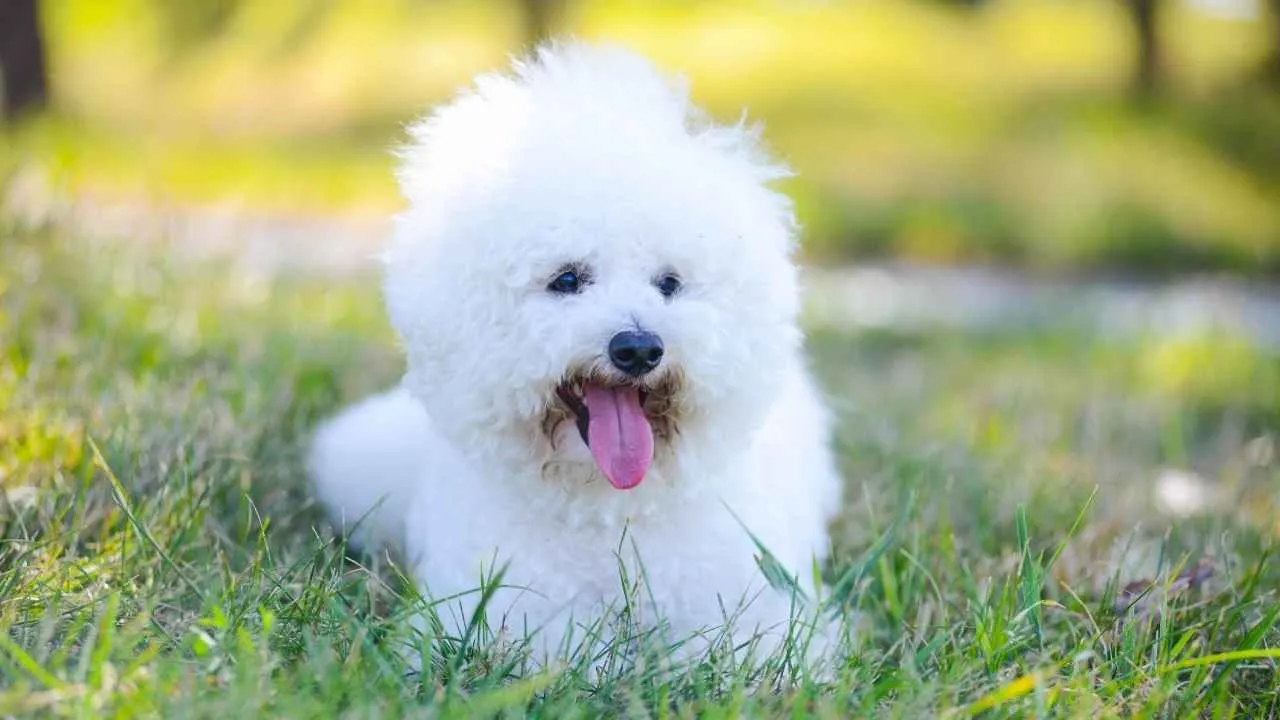
The Bichon Frise may be small, but its personality is anything but. Known for their bright eyes, fluffy white coats, and playful charm, these little dogs have been adored as loyal companions for centuries. They were bred to stay close to people, often spending their days as pampered lapdogs.
That history explains why they don’t handle being alone well. When separated from their favorite humans, Bichons can quickly fall into separation anxiety. You might come home to find a trail of shredded tissues or hear endless dog barking echoing through the hallways.
To a Bichon, even a short trip to grab the mail feels like forever, and they’ll make sure you—and your neighbours—know how much they missed you.
Why They Bark When You Leave
Bichons are sensitive and social by nature, so time apart feels unnatural to them. They see your absence the same way every time—like an event worth worrying over. Their barking isn’t about being spoiled; it’s simply how they express the stress of being left behind.
How to Help Them Stay Calm
Teach them that short absences are okay, and slowly stop barking triggers by building confidence
Keep their minds busy with toys and soft comfort items that remind them of you
Give lots of calm affection and reassurance before leaving
5. Italian Greyhound
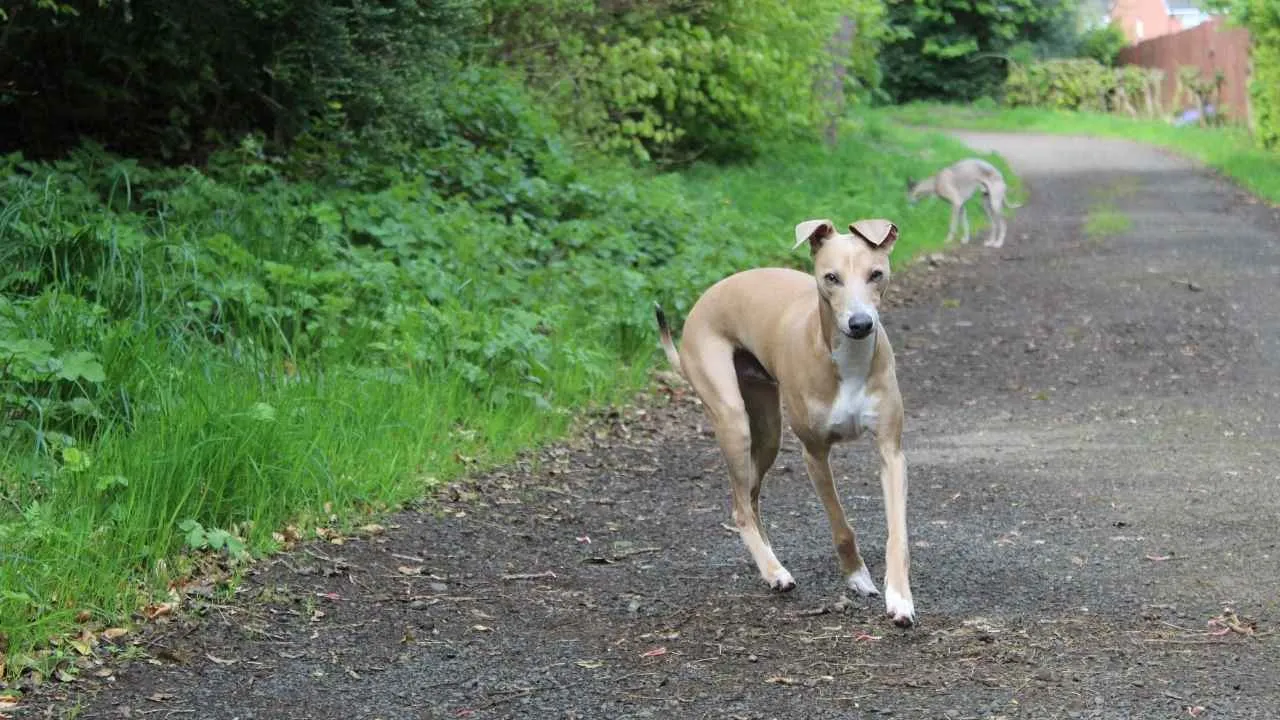
Italian Greyhounds are elegant and sensitive animals. They share the same graceful look as the larger Greyhound but in a smaller frame, making them perfect puppies for snuggles and laps.
Despite their sleek, fast build, they love nothing more than curling up on the couch with their humans. From a young age, these dogs build intense emotional bonds with their people and rarely want to be far away.

Why They Bark When You Leave
Italian Greyhounds prefer constant companionship. When left alone, they become stressed and uneasy. They may tremble, hide, or pace around restlessly. Some even break their normally quiet nature and let out soft whines that grow into dog barking, especially during the night.
This worried barking can easily disturb your neighbours. Their slim, delicate bodies and sensitive minds make them more prone to emotional distress than sturdier breeds, and they don’t respond well to long periods of solitude.
How to Help Them Stay Calm
Keep absences short and give them plenty of affection before leaving
Pair your departures with comfort items or soft bedding for security
Make sure they are warm and relaxed so their stress doesn’t build up
6. Australian Shepherd
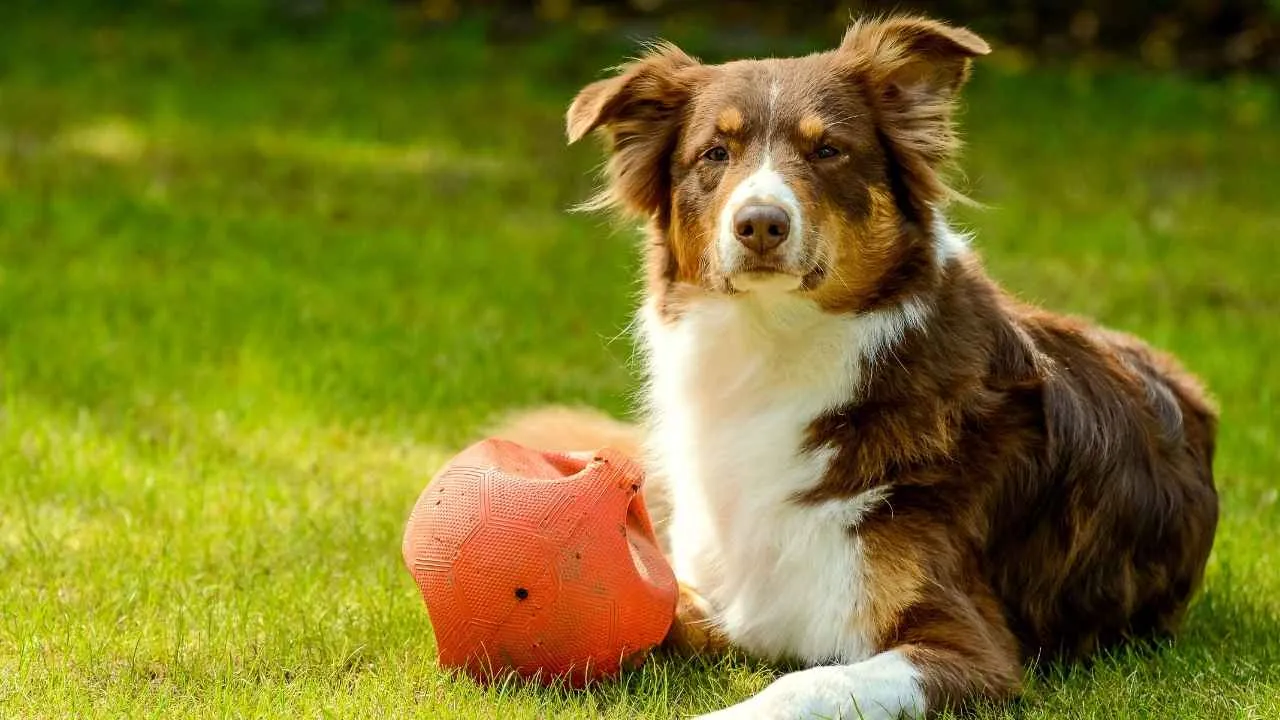
Australian Shepherds are highly intelligent and incredibly loyal dogs. Their beautiful coats of soft fur and bright, alert eyes make them one of the cutest and charming companions.
These dogs love nothing more than being active with their families, joining in on all the fun, and staying close to the people they love. They have a strong need to stay busy, and without enough activity, they can become restless after just a few hours.
Why They Bark When You Leave
When an Aussie is left alone, its loyal nature makes it anxious. What starts as quiet waiting can quickly turn into non-stop dog barking, especially if they feel abandoned. This barking often lasts for hours, disturbing neighbors and filling the home with noise instead of peace.
Their herding instincts mean they always want to keep track of their people, so being apart feels unnatural. The stress is often related to boredom and worry, and Aussies simply tend to express these feelings more loudly than some other breeds.
How to Help Them Stay Calm
Give plenty of physical and mental stimulation before you leave
Provide engaging toys or puzzles to keep their focus
Start with short departures and build their comfort slowly
7. Cavalier King Charles Spaniel

Cavalier King Charles Spaniels are gentle and loving dogs. AKC states that the Cavaliers are the best of two worlds, combining the gentle attentiveness of a toy breed with the verve and athleticism of a sporting spaniel.
They were bred to be close to their people at all times. These dogs are happiest when they can stay by your side, whether in a large home or a small apartment. Their silky coats and sweet faces make them hard to resist, and their calm nature fits many types of environments.
Why They Bark When You Leave
The truth is, Cavaliers don’t like being away from their owners. They were born to protect the bond they share with humans. When left alone, their calm nature can change to worry. They may whine or start barking, especially if they feel unsure or scared.
Their sensitive hearts make them poor at handling solitude. Without someone nearby, they lose their sense of comfort, and sleep becomes difficult. Even a short trip in the morning can leave them anxious and vocal.
How to Help Them Stay Calm
Show gentle love and patience before leaving
Give them a cozy spot to nap so they feel secure
Have a short play session to relax their energy
Stick to a routine to help them sleep peacefully
Conclusion
Some dogs stay calm when you leave, but others struggle deeply with being apart. Their dog barking, whining, or restless behavior isn’t bad manners—it’s a sign of how much they love you and rely on your presence. Breeds like these form powerful bonds and simply don’t handle solitude the same way as more independent dogs do.
With patience, care, and the right routine, you can help your loyal friend feel safe even when you’re away. A little play, gentle training, and a peaceful environment go a long way. Remember, every bark or whine comes from a place of love—they’re just waiting for the moment you walk back through the door.


